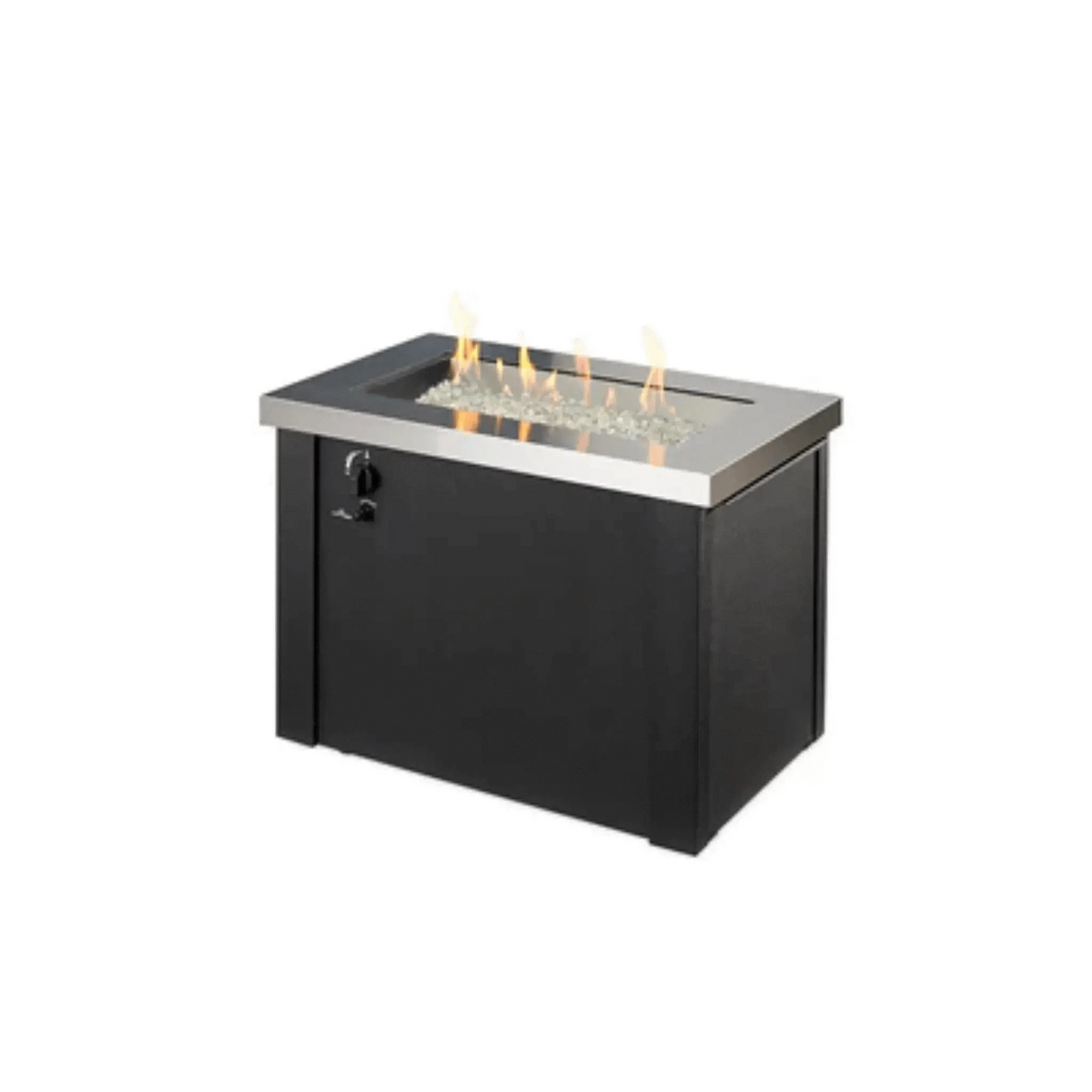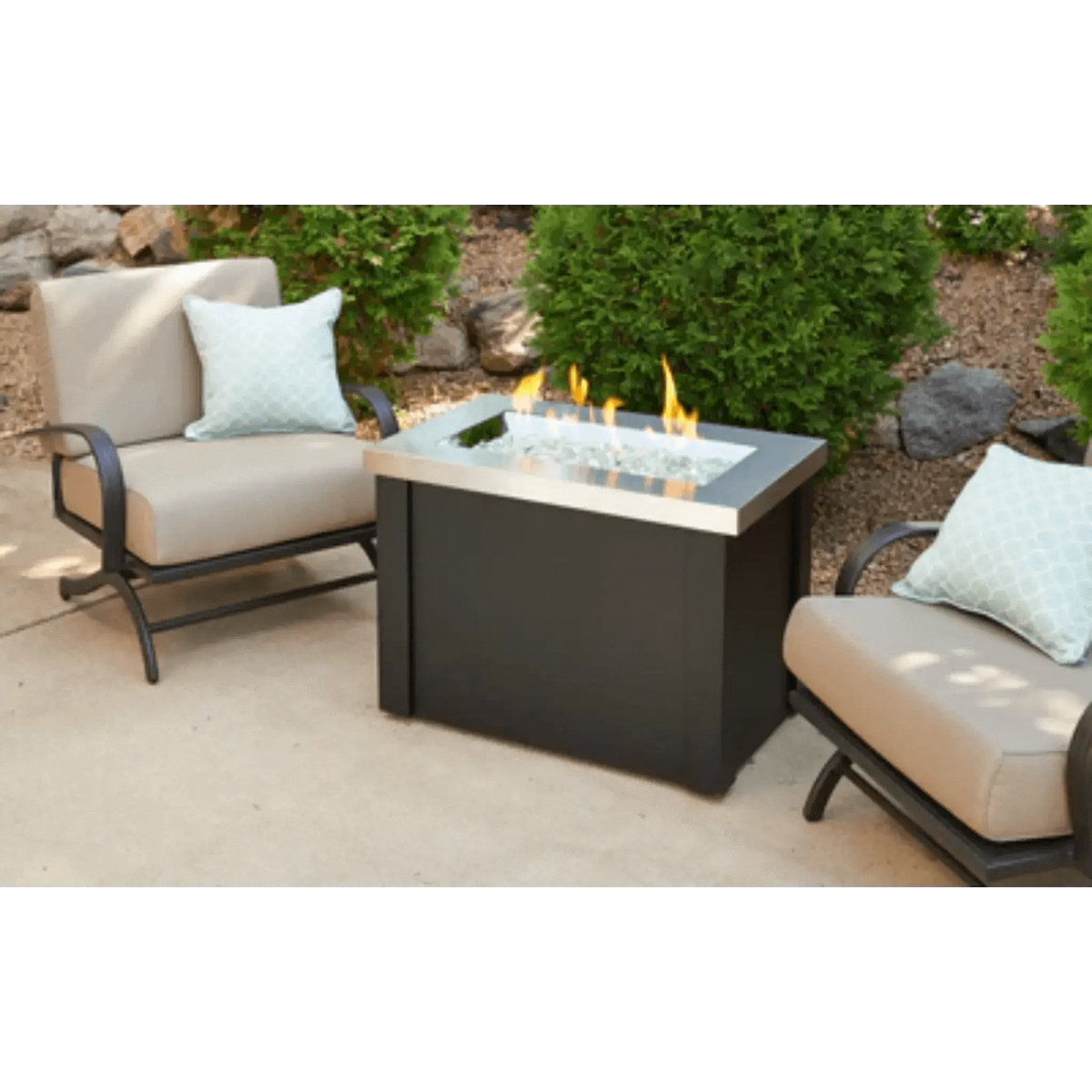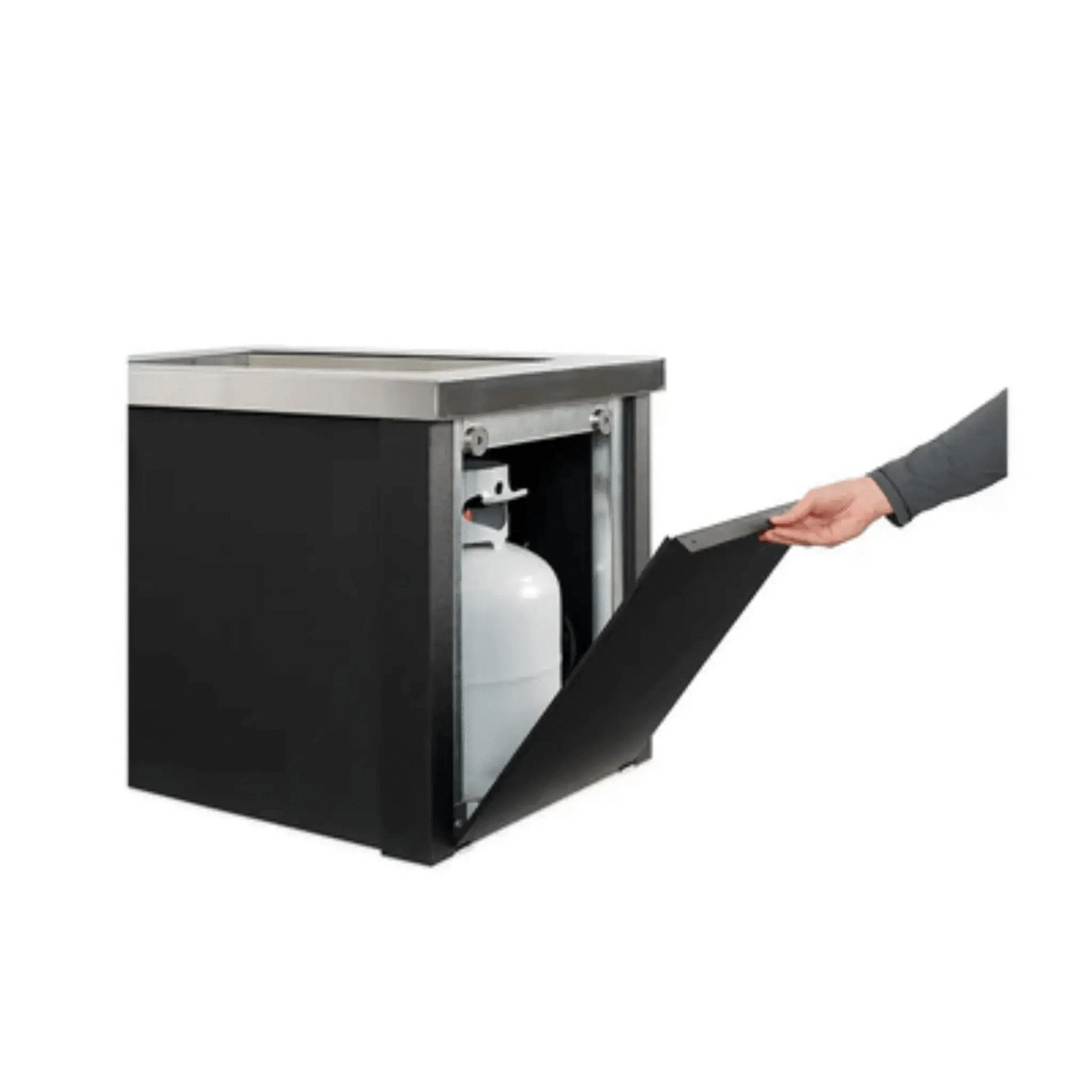Your Cart is Empty
The Outdoor Greatroom Company
Outdoor GreatRoom Stainless Steel Providence Rectangular Gas Fire Pit Table



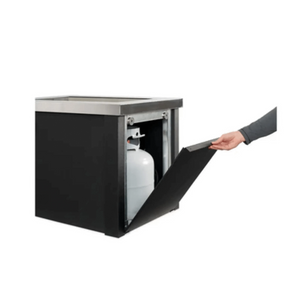




The images displayed are for visual references only. Actual products may vary slightly from those shown.
Estimated Ship Date:
Dec 17, 2025
-
Dec 20, 2025

Need help? Our experts are here to help!
Outdoor GreatRoom Stainless Steel Providence Rectangular Gas Fire Pit Table

- 149900
- 149900
Introduce a Touch of Elegance and Style to Your Outdoor Living Space with Stainless Steel Providence Rectangular Gas Fire Pit Table!
Experience the perfect blend of style and warmth with Stainless Steel Providence Rectangular Gas Fire Pit Table. Designed to elevate your outdoor entertainment, this fire pit table adds a touch of elegance and sophistication to your patio or backyard. With its sleek design, superior construction, and adjustable flames, the Stainless Steel Providence Rectangular Gas Fire Pit Table offers an unforgettable outdoor experience.
Why Choose the Stainless Steel Providence Rectangular Gas Fire Pit Table?
- Superior Construction: The high-quality stainless steel construction ensures long-lasting durability and resistance to weather and rust.
- Customizable Flames: Adjust the flames to your liking using a control knob, providing you with the perfect balance of warmth and ambiance.
- Easy Assembly: The fire pit table is easy to assemble and comes with all necessary hardware and instructions.
- Safe Design: It comes with a safety valve that automatically shuts off the gas if the flame goes out, ensuring your safety.
The Stainless Steel Providence Rectangular Gas Fire Pit Table is a smart investment that offers a perfect balance of style and functionality for your outdoor entertainment.
Features
- Stainless Steel Trim Top
- Black Powder-Coated Metal Base
- 12” x 42” Crystal Fire® Plus Burner with clear tempered fire glass gems – 55,000 BTUs (LP/NG)
- Grey Glass Burner Cover
- Optional Glass Wind Guard, Protective Cover, and Other Fire Media Sold Separately
- Product Setup for Liquid Propane but can be converted to natural gas using included conversion kit
- Comes Standard with Manual Ignition with battery-operated sparker, or upgrade to electronic Direct Spark Ignition
- Sliding Access Door Conceals Standard 20 lb. Propane Tank in Base
- UL Listed, Made in USA with US and imported parts
Specifications
- Dimensions: 32"W x 20"D x 23"H
- Weight: 61 lbs
- BTUs (LP/NG): 55,000
